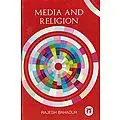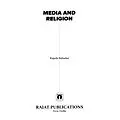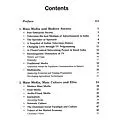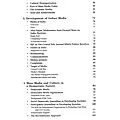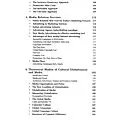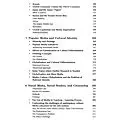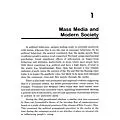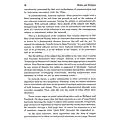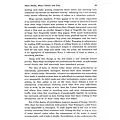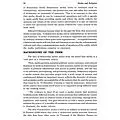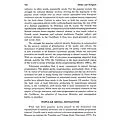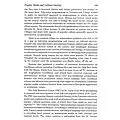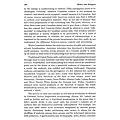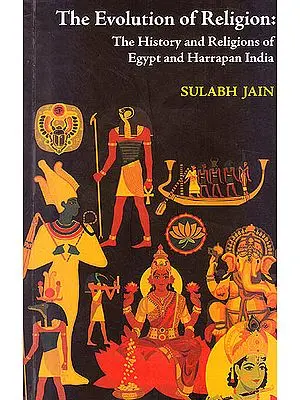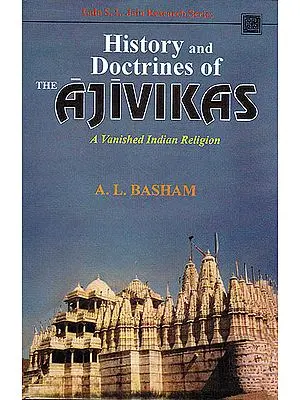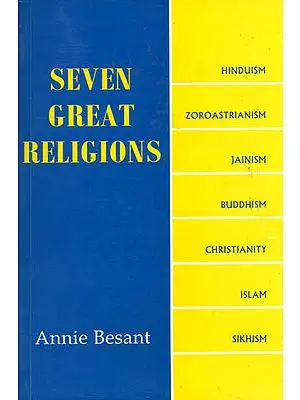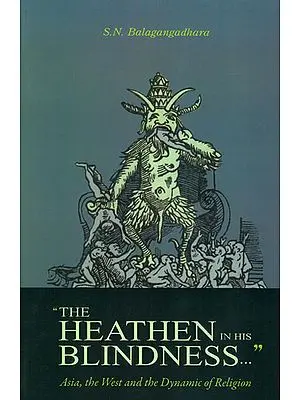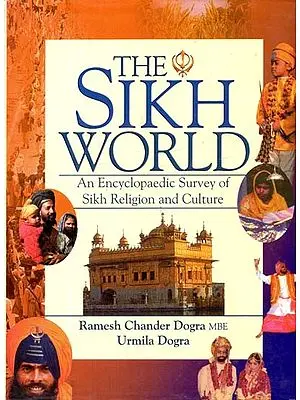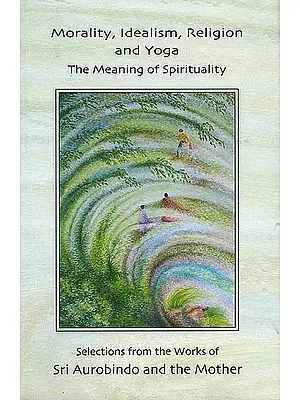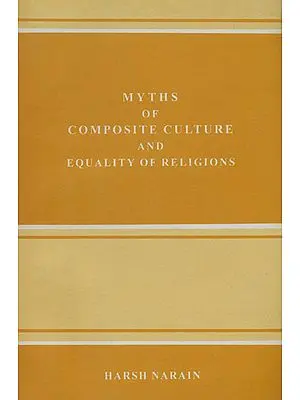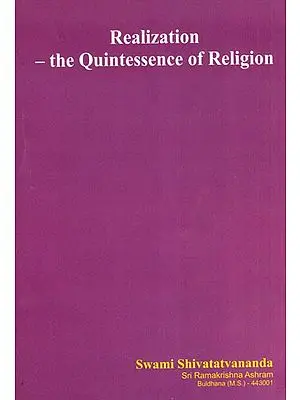Media and Religion
| Item Code: | HAJ583 |
| Publisher: | Rajat Publications, Delhi |
| Author: | Rajesh Bahadur |
| Language: | English |
| Edition: | 2024 |
| ISBN: | 9789395401555 |
| Pages: | 272 |
| Cover: | HARDCOVER |
| Other Details | 9.50 X 6.50 inch |
| Weight | 560 gm |
Rethinking Media, Religion, and Culture focuses on issues such as the increasing autonomy and individualized practice of religion, the surge of media and media-based icons that are often imbued with religious qualities. The media have come to play an ever more prominent role in social and cultural life since the emergence of the so-called "mass media" in the late nineteenth century. A phenomenology of media and religion in the twenty-first century would see media and religion in a number of different relationships. Media culture and society understand the new centrality of media and cultural forms to the experience of social life in the contemporary world.
Dr. Rajesh Bahadur, Associate Professor of Journalism and Mass communication at Lakshmibai College of Journalism and Mass communication Mehraj Nagar. He obtained his Ph.D in Media Studies from M.G.A.H.V., Wardha Maharashtra. He has a prolong teaching experience of eighteen years various UG and PG level students. He has worked on various projects and has been working actively in the field of grassroot level communication in rural areas. He has also worked as Change Agent for various NGOs. He has attended several seminars and conferences and presented research papers.
Rethinking Media, Religion, and Culture focuses on issues such as the increasing autonomy and individualized practice of religion, the surge of media and media-based icons that are often imbued with religious qualities.
The mass media emerged as the result of interacting technological and social developments. Mechanized printing, which developed with the industrial revolution and found its way into mass-market communication in Britain in the 1870s, brought about major changes in production, in reception, and in the political economy of media. Mass production allowed media to be financially supported by advertising instead of direct sales of newspapers or magazines. The resultant economic logic saw readers as audiences and sought to maximize their numbers. This coincided with the increasing concentration of populations in urban settings, removed from the social and cultural supports of the village and town. These audiences began to be thought of as "mass" audiences, and the content of media began to reflect more generalized class tastes.
A debate has raged ever since over how the resulting relationship between the mass audience and the mass media is to be seen. To some observers, the media ideologically dominate the audience. To others, the media act as a kind of cultural canvas on which is inscribed the more or less common themes, ideas, and discourses of the culture. To still others, the media are important as palliatives, replacing the lost connectedness of pre- industrial village life. For most, the class and taste orientation of mass media necessarily has meant that they are at least not the preferred communicational context for the authentic business of the culture.
Major efforts have been exhausted bringing religion closer to media (rather than bringing media closer to religion), or to break down the traditional. boundaries between the "religious" and the "media." In light of such efforts and various research, some have tried to show the necessity of building new bridges between religion and media. These attempts have even made scholars believe that in the "media age," the secular is sacred and the sacred is secular.
-
Q. What locations do you deliver to ?A. Exotic India delivers orders to all countries having diplomatic relations with India.
-
Q. Do you offer free shipping ?A. Exotic India offers free shipping on all orders of value of $30 USD or more.
-
Q. Can I return the book?A. All returns must be postmarked within seven (7) days of the delivery date. All returned items must be in new and unused condition, with all original tags and labels attached. To know more please view our return policy
-
Q. Do you offer express shipping ?A. Yes, we do have a chargeable express shipping facility available. You can select express shipping while checking out on the website.
-
Q. I accidentally entered wrong delivery address, can I change the address ?A. Delivery addresses can only be changed only incase the order has not been shipped yet. Incase of an address change, you can reach us at help@exoticindia.com
-
Q. How do I track my order ?A. You can track your orders simply entering your order number through here or through your past orders if you are signed in on the website.
-
Q. How can I cancel an order ?A. An order can only be cancelled if it has not been shipped. To cancel an order, kindly reach out to us through help@exoticindia.com.
